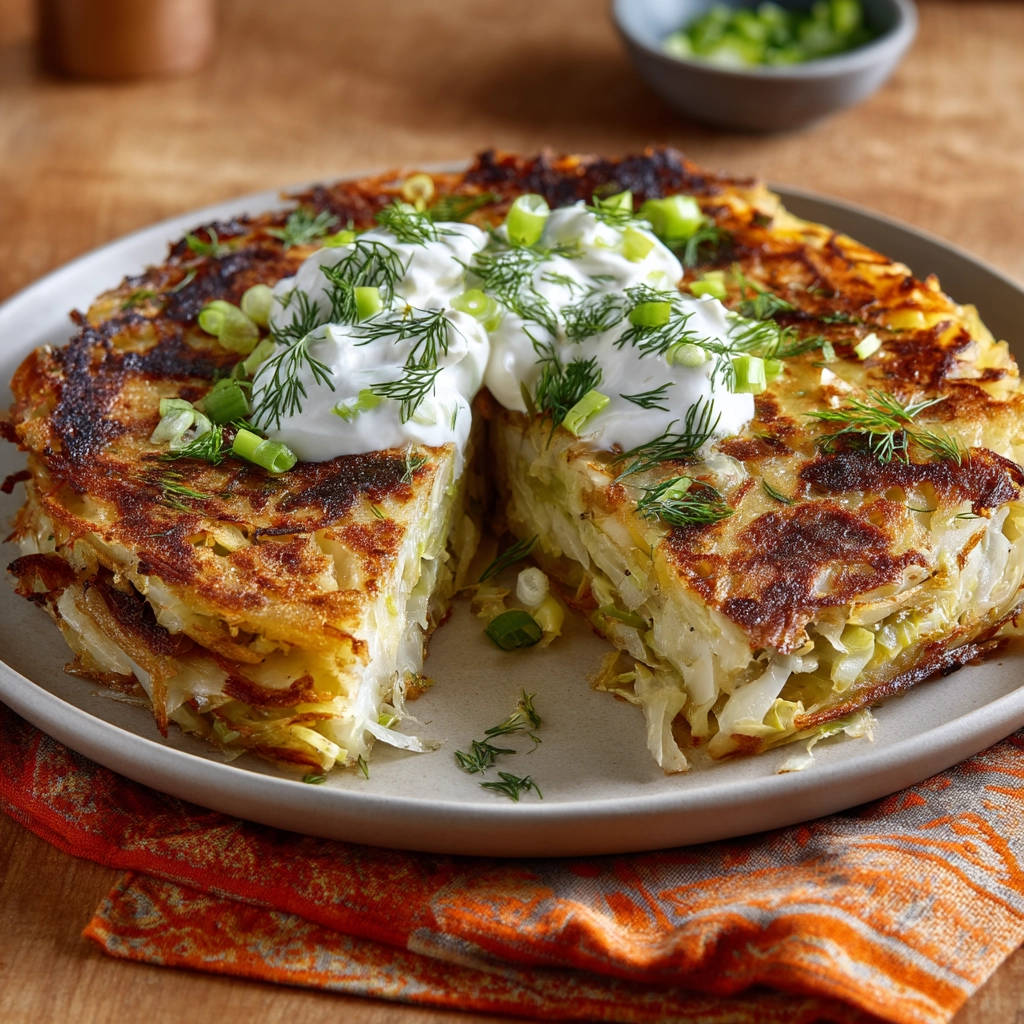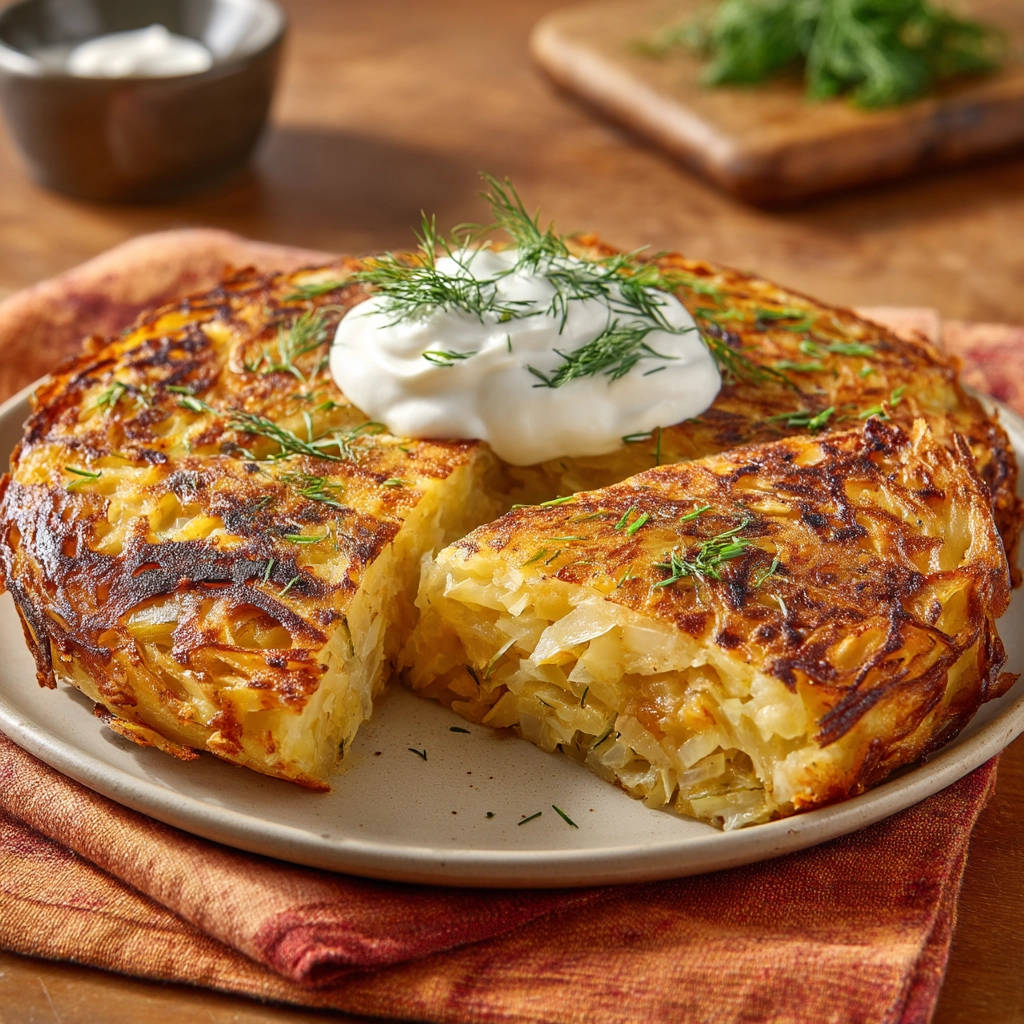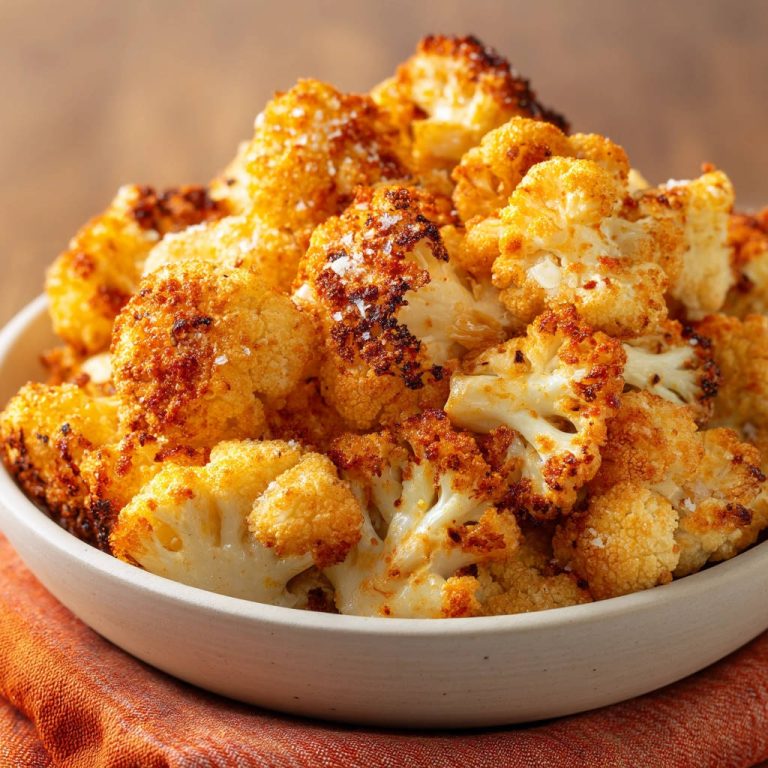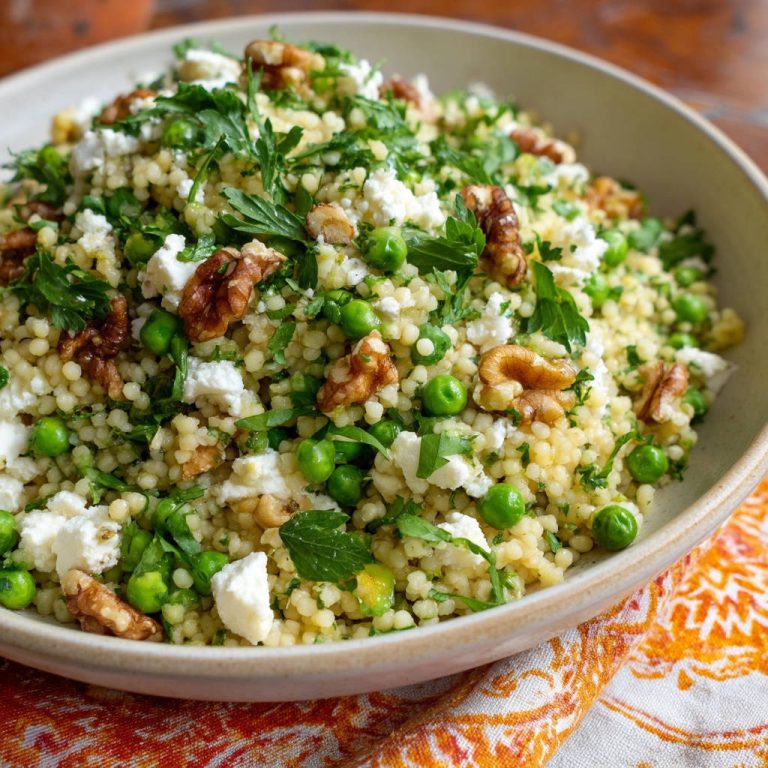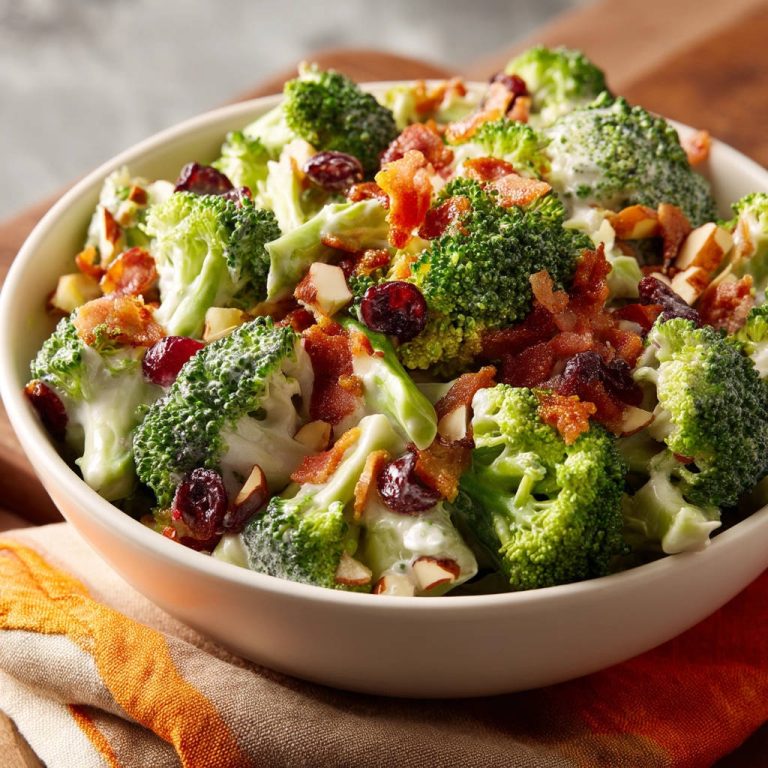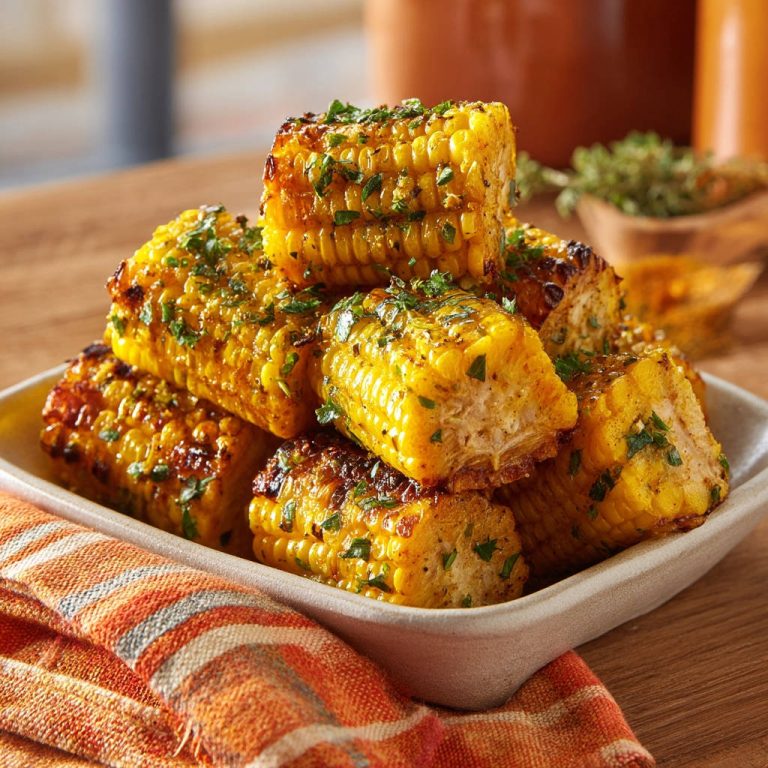Welcome back to the blog, my friends! Today, I’m tackling a kitchen challenge that I know many of you have faced: making a large, pan-fried vegetable cake that doesn’t fall apart the moment you try to flip it. We’ve all been there, right? You carefully cook one side, build up your confidence for the big moment, only for it to crumble into a sad heap of vegetables in the pan. Frustrating doesn’t even begin to cover it!
But what if I told you there’s a simple trick, a little secret, that guarantees your Savory Cabbage and Potato Cake stays together beautifully, cooking up into a glorious, golden-brown masterpiece every single time? Well, get ready, because I’m sharing that trick with you today! This recipe results in a delightfully crispy exterior and a tender, flavorful interior, proving that simple ingredients can create truly satisfying meals. Whether you serve it as a hearty side dish or make it the star of a light lunch, this savory cake is a total winner.
Let’s dive into the magic behind this incredible, non-crumbling savory cabbage and potato cake! It’s easier than you think and utterly delicious.
Why You’ll Absolutely Love This Savory Cabbage and Potato Cake
This isn’t just any vegetable patty. This Savory Cabbage and Potato Cake brings so much to the table:
- Foolproof Flipping: Say goodbye to crumbling! The technique shared in this recipe makes flipping effortless and guaranteed.
- Simple Ingredients: You likely have most of these humble ingredients in your pantry or fridge already.
- Incredible Texture: Expect a wonderfully crispy crust contrasted with a soft, yielding vegetable center.
- Versatile Serving: It works perfectly as a side, a light main, or even a delicious brunch item.
- Nutrient-Packed: Cabbage and potatoes are affordable, filling, and offer great nutritional value.
- Quick to Make: From start to finish, you’re looking at about 40 minutes, making it ideal for busy weeknights.
If you’re looking for other ways to make humble vegetables shine, you might enjoy our Crispy Roasted Brussels Sprouts or Crispy Parmesan Green Beans. This savory cabbage and potato cake fits right into that category of simple, delicious veggie dishes.
Gathering Your Ingredients for Savory Cabbage and Potato Cake
The beauty of this savory vegetable cake lies in its simplicity. We’re using everyday vegetables and pantry staples to create something truly special. The combination of cabbage, potato, and onion forms a classic base, while the eggs and optional flour act as our binding agents. Seasoning keeps it flavorful, and the oil provides that essential crispness. Finally, fresh herbs and a creamy topping elevate it from simple to sensational.
- Shredded Cabbage (4 cups): This is the bulk of our cake! Look for green cabbage, which shreds easily and cooks down nicely, providing a subtle sweetness and texture.
- Shredded Potato (1 cup): You’ll want a starchy potato like Russet for the best results. The starch helps bind the mixture together and contributes to a lovely crisp exterior. Make sure to shred it finely.
- Finely Chopped Onion (1/2 cup): Onion adds a foundational layer of savory flavor. Chop it really finely so it integrates smoothly into the cake.
- Large Eggs (2): Our primary binder! Eggs help hold the shredded vegetables together as they cook.
- All-Purpose Flour (2 tablespoons, optional): A little bit of flour can act as extra insurance, particularly if your vegetables are very moist or you’re new to making these kinds of cakes. It helps absorb excess moisture and strengthens the bind.
- Salt (1/2 teaspoon): Enhances all the other flavors.
- Black Pepper (1/4 teaspoon): Adds a gentle warmth and spice. Adjust to your liking!
- Vegetable Oil or Other High Heat Oil (3 tablespoons): Essential for creating that beautiful, golden-brown, crispy crust on both sides. Choose an oil with a high smoke point like vegetable, canola, or sunflower oil.
- Sour Cream or Plain Greek Yogurt (1/2 cup): This creamy topping provides a cool, tangy contrast to the warm, savory cake. Use whichever you prefer – Greek yogurt offers a lighter option.
- Chopped Fresh Dill (2 tablespoons): Fresh herbs brighten everything up! Dill pairs wonderfully with cabbage and potato, adding a fresh, slightly tangy note.
- Chopped Green Onions (2 tablespoons): These add a mild onion flavor and a pop of color as a garnish.
Crafting Your Savory Cabbage and Potato Cake: Step-by-Step
Now for the fun part – making the magic happen! Follow these steps carefully, paying special attention to the moisture removal and the crucial flipping technique, and you’ll achieve savory cake success.
- Prepare the Vegetables and Tackle Moisture: Start by combining your generous four cups of shredded cabbage, one cup of shredded potato, and half a cup of finely chopped onion in a large mixing bowl. This initial mix looks like a lot, but they’ll cook down. The absolute key to a successful, non-crumbling cake is getting rid of excess moisture from these vegetables. If you skip this, the cake will steam instead of crisp and won’t hold its shape. You can do this by grabbing handfuls of the mixture and squeezing them very tightly over the sink to wring out as much liquid as possible. Alternatively, you can place the mixture in a fine-mesh sieve set over a bowl and press down firmly with the back of a spoon or your hands. You’ll be surprised how much water comes out! Don’t skimp on this step – it makes all the difference.
- Build the Binder: To the bowl with your squeezed-dry vegetables, add two large eggs. If you’re using it for extra binding power, now is the time to whisk in the two tablespoons of all-purpose flour. Season generously with half a teaspoon of salt and a quarter teaspoon of black pepper. Now, use your hands or a sturdy spoon to mix everything together thoroughly. You want to ensure all those lovely shredded vegetables are evenly coated with the egg and flour mixture. This coating is what will help glue everything together as it cooks.
- Preheat the Pan Just Right: Heat the three tablespoons of vegetable oil in a large non-stick skillet over medium heat. The “non-stick” part is pretty important here! You want the pan to be well heated before you add the vegetable mixture. A hot pan helps create that immediate sizzle and crispy crust on the bottom, which is vital for structural integrity before the flip. You should see the oil shimmer slightly when it’s ready.
- Form and Compact the Cake: Pour the entire vegetable mixture into the center of your hot skillet. Don’t just let it sit there! Immediately use a spatula to press the mixture down firmly and shape it into an even, compact cake. The goal here is to eliminate air pockets and create a dense, uniform layer. This compression helps the vegetables bind together more effectively as they cook.
- The Patience Game: Cooking the First Side: This is arguably the most crucial stage! Let the cake cook undisturbed for 12 to 15 minutes on this first side. I know, I know, it’s tempting to peek or poke, but resist! The bottom needs this time to develop a deep, golden-brown crust and for the edges to set and cook through. This solid base is what will allow you to flip it successfully. You can gently lift one edge with a spatula after about 10-12 minutes to check the color underneath. It should be a rich, golden brown before you even think about the flip.
- Execute the Fail-Safe Flip: This is the trick! Once the first side is perfectly golden and set, place a large, flat plate upside down directly over the skillet. Choose a plate that is larger than the cake itself. Now, carefully but confidently grasp both the handle of the skillet and the plate tightly together. In one swift, fluid motion, quickly and confidently invert the skillet so the cake lands onto the plate, cooked side facing up. Don’t hesitate! This method provides solid support for the cake during the turn, preventing it from breaking apart.
- Return to the Pan: Slide the uncooked side of the cake from the plate back into the hot skillet. Be gentle as you slide it, ensuring it sits flat in the oil to continue cooking evenly.
- Finish Cooking: Continue to cook the second side for another 10 to 12 minutes. Again, let it cook undisturbed until this side is also beautifully golden brown and the cake is cooked through the center. You can test for doneness by gently pressing on the center – it should feel firm, and if you carefully poke into the thickest part, the vegetables should be tender.
- Serve It Up: Carefully slide the finished, perfectly cooked savory cabbage and potato cake onto a serving plate. The crisp crust and vibrant green and white interior are truly a sight! Top generously with dollops of cool sour cream or tangy Greek yogurt, sprinkle with freshly chopped dill, and scatter the chopped green onions over the top. Serve it warm and enjoy your successful, non-crumbling creation!
Cooking with simple vegetables can be incredibly rewarding. This technique of pan-frying shredded vegetables reminds me a bit of making Crispy Potato Pancakes, focusing on achieving that perfect exterior crunch.
Tips for Perfect Savory Cabbage and Potato Cake Every Time
- Shredding Matters: Use a food processor with a shredding disc or a box grater for quick and even shredding of both cabbage and potato. Uniform size helps them cook evenly.
- Squeeze, Squeeze, Squeeze: I can’t stress this enough! Removing excess moisture is the number one tip for success.
- Hot Pan is Key: Make sure your oil and pan are hot before adding the mixture to get that instant sear and crisp.
- Don’t Crowd the Pan: This recipe is designed for one large cake in a large skillet (ideally 10-12 inches). Trying to make multiple small ones or doubling the batch in a small pan might compromise the crispness and make flipping harder.
- Medium Heat is Your Friend: Too high heat will burn the outside before the inside cooks. Medium heat allows for even cooking and browning.
- Listen to the Sizzle: You should hear a consistent sizzle while it cooks. This tells you it’s frying, not steaming.
Flavor Variations
While the classic combination is fantastic, feel free to experiment! You could add a pinch of garlic powder or smoked paprika to the mix. A sprinkle of cheese, like shredded cheddar or Gruyere, could also be mixed in (though this might affect the binding slightly). For a touch of heat, add a pinch of red pepper flakes.
What to Serve With Your Savory Cabbage and Potato Cake
This versatile vegetable cake can be enjoyed in many ways. It makes a fantastic side dish for various main courses. Think alongside Glazed Pan-Seared Salmon, Grilled Lemon Herb Chicken, or even a hearty Classic Meatloaf. It’s also substantial enough to be the main event for lunch or a light dinner, perhaps served with a simple green salad like our Easy Kale Salad.
For breakfast or brunch, top it with a fried egg – absolutely divine! The creamy toppings of sour cream or yogurt, fresh dill, and green onions are simple but perfect, adding freshness and tang that cut through the richness of the fried cake.
Your Savory Cabbage and Potato Cake Questions Answered (FAQ)
Got questions about this delicious savory cake? Here are some common ones:
Can I use different vegetables in this savory cake?
Yes, you can experiment, but be mindful of the moisture content and binding properties. Zucchini would need similar rigorous squeezing as cabbage and potato. Shredded carrots or parsnips could work well and add sweetness. Beets would add color but might stain. Stick to firm, shreddable vegetables that release moisture when squeezed for best results.
What if I don’t have a non-stick skillet?
A well-seasoned cast iron skillet can also work, but you’ll need to ensure it’s perfectly seasoned and generously oiled to prevent sticking. Stainless steel is not recommended for this recipe as sticking is very likely.
Can I make this Savory Cabbage and Potato Cake gluten-free?
Absolutely! The flour is optional and mainly acts as extra binding. If you omit the flour, ensure you’ve squeezed out as much moisture as possible from the vegetables, and be extra gentle during the flip. The eggs are the primary binder, and with proper moisture removal and careful handling, it should hold together beautifully without flour.
How do I store and reheat leftovers?
Store any leftover savory cabbage and potato cake slices in an airtight container in the refrigerator for up to 3-4 days. The best way to reheat is in a skillet over medium heat or in a toaster oven/air fryer to help regain some of that lovely crisp texture. Microwaving is okay, but it will soften the crust considerably.
Can I prepare the vegetable mixture ahead of time?
You can shred and squeeze the vegetables a few hours ahead of time and store them in the refrigerator. However, it’s best to mix in the eggs (and optional flour, salt, and pepper) just before cooking, as the salt will start to draw more moisture out of the vegetables over time, potentially making the mixture too wet.
Enjoy Your Homemade Savory Cabbage and Potato Cake!
See? Making a large, pan-fried vegetable cake that doesn’t fall apart is totally achievable with the right technique! This Savory Cabbage and Potato Cake is proof that humble ingredients can create something truly delightful and satisfying. It’s warm, comforting, crispy, and packed with flavor.
Give this recipe a try, master the flip, and enjoy a delicious, easy meal that’s sure to become a regular in your rotation. Don’t forget to top it generously with that creamy dollop and fresh herbs – it truly completes the dish!
If you make this Savory Cabbage and Potato Cake, please come back and leave a comment below to let me know how it turned out and if the flip worked for you! I love hearing about your kitchen successes. Happy cooking!
Savory Cabbage and Potato Cake
Ingredients
- 4 cups shredded cabbage
- 1 cup shredded potato
- 1/2 cup finely chopped onion
- 2 large eggs
- 2 tablespoons all-purpose flour (optional, helps bind)
- 1/2 teaspoon salt
- 1/4 teaspoon black pepper
- 3 tablespoons vegetable oil or other high heat oil
- 1/2 cup sour cream or plain Greek yogurt
- 2 tablespoons chopped fresh dill
- 2 tablespoons chopped green onions
Directions
- Combine the shredded cabbage, potato, and onion in a large bowl. It’s really important to remove excess moisture from the vegetables to help the cake hold together. You can do this by squeezing handfuls tightly over the sink or pressing them in a fine-mesh sieve.
- Add the eggs, flour (if using), salt, and pepper to the bowl with the squeezed vegetables. Mix everything together until the vegetables are evenly coated with the egg mixture.
- Heat the vegetable oil in a large non-stick skillet over medium heat. Make sure the pan is well heated before adding the vegetable mixture.
- Pour the vegetable mixture into the hot pan. Use a spatula to press it down firmly and shape it into an even, compact cake.
- Cook for 12-15 minutes on one side. This is the crucial part for preventing breakage! Resist the urge to flip it too early. Let it cook undisturbed until the bottom is deeply golden brown and the edges look set and cooked. You should be able to gently peek underneath the edge to check the color.
- Now for the fail-safe flip: Place a large plate upside down over the skillet. Carefully hold the plate and the skillet handle together, then quickly and confidently invert the skillet so the cake lands on the plate, cooked side up.
- Slide the uncooked side of the cake from the plate back into the hot skillet.
- Continue cooking for another 10-12 minutes, or until the second side is golden brown and the cake is cooked through the center.
- Carefully slide the finished cake onto a serving plate. Top with dollops of sour cream or yogurt, fresh dill, and chopped green onions. Serve warm.

